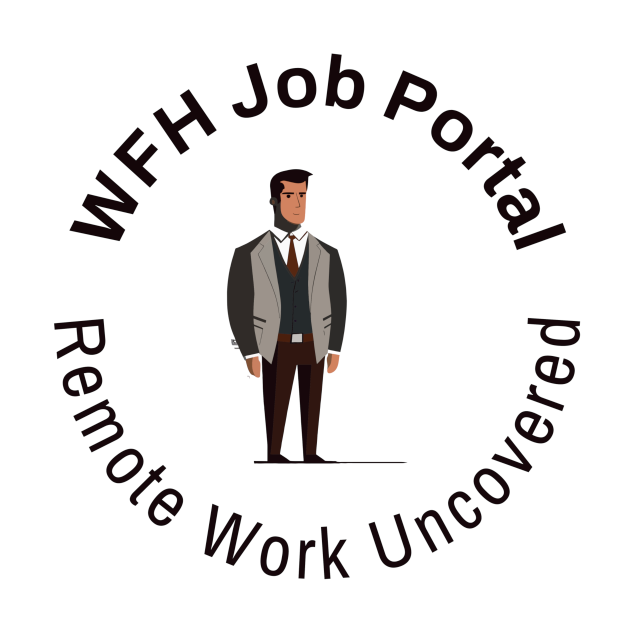Balancing work and personal life is a common challenge for remote workers. Without the physical separation between home and office, it can be difficult to maintain boundaries and ensure a healthy work-life balance. Here are some comprehensive tips for achieving a balance between work and personal life in a remote work environment.
Establishing Boundaries
Creating clear boundaries between work and personal time is essential for maintaining a healthy work-life balance. Set specific work hours and stick to them as much as possible. Communicate your work schedule to family members or housemates to minimize interruptions. Create a dedicated workspace that is separate from your living areas to provide a physical boundary between work and personal life. When your workday is over, make a conscious effort to disconnect from work-related tasks and activities. This can help you mentally transition from work mode to personal time.
Prioritizing Self-Care
Self-care is crucial for maintaining overall well-being and preventing burnout. Make time for activities that promote physical, mental, and emotional health, such as exercise, meditation, hobbies, and spending time with loved ones. Incorporate regular breaks into your workday to rest and recharge. Set aside time for relaxation and leisure activities that you enjoy. Prioritizing self-care can help you stay energized and focused, making you more productive and effective in both your work and personal life.
Managing Time Effectively
Effective time management is key to balancing work and personal life. Use tools like calendars, task lists, and time-tracking apps to organize your day and prioritize tasks. Create a daily schedule that includes dedicated time blocks for work, breaks, and personal activities. Setting clear boundaries between work and personal time can help you maintain a work-life balance and prevent burnout. Additionally, consider using techniques like the Pomodoro Technique, which involves working in focused intervals followed by short breaks, to enhance productivity.
Staying Connected
Maintaining social connections is important for your overall well-being. Make an effort to stay connected with friends, family, and colleagues through virtual meetups, phone calls, or social media. Regular social interactions can help combat feelings of isolation and provide a sense of community and support. Participate in team-building activities and social events organized by your employer to foster a sense of camaraderie and connection with your colleagues. Building a support network can help you navigate the challenges of remote work and maintain a healthy work-life balance.
Setting Realistic Expectations
It’s important to set realistic expectations for yourself and others when working remotely. Be honest about what you can accomplish in a given timeframe and avoid overcommitting. Communicate your availability and workload to your employer and colleagues to manage expectations and prevent misunderstandings. Setting realistic goals and boundaries can help you maintain a healthy work-life balance and avoid burnout. Remember that it’s okay to say no and prioritize your well-being.
Conclusion
Balancing work and personal life in a remote work environment requires intentional effort and effective strategies. By establishing boundaries, prioritizing self-care, managing your time effectively, staying connected, and setting realistic expectations, you can achieve a healthy work-life balance. Embracing these tips will not only enhance your productivity but also improve your overall well-being and job satisfaction. With the right approach and mindset, remote work can be a rewarding and fulfilling experience.



